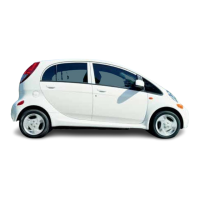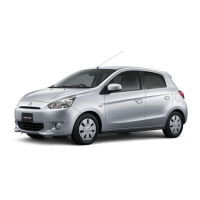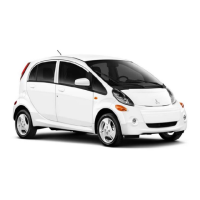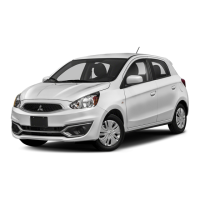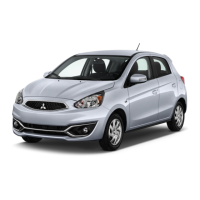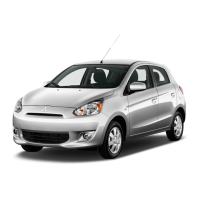Chapter 2 Part D General engine overhaul procedures
2D- 71
31 Carefully lower the engine into the engine compartment and mate it to
the transmission.
Caution: DO NOTuse thebellhousingbolts to force the
transmissionandengine together. If you’re working on an automatic trans
mission equipped vehicle, take great care when installing the torque con-
verter, following the procedure outlined in Chapter 78. Line up the holes in
the engine mounts with the holes in the frame and install the bolts, tighten-
ing them securely.
32 Add coolant, oil, power steering and transmission fluid as needed. If
the brake master cylinder was removed, bleed the brakes (see Chapter9).
Recheck the fluid level and test the brakes.
33 Run the engine and check for leaks and proper operation of all acces-
sories, then install the hood and test drive the vehicle.
34 If the air conditioning system was discharged, have it evacuated, re-
charged and leak tested by the shop that discharged it.
6 Engine rebuilding alt&natives
The home mechanic is faced with a number of options when perform-
ing an engine overhaul. The decision to replace the engine block, piston/
connecting rod assemblies and crankshaft depends on a number of
factors, with the number one consideration being the condition of the
block. Other considerations are cost, access to machine shop facilities,
parts availability, time required to complete the project and the extent of
prior mechanical experience.
Some of the rebuilding alternatives include:
Individual parts-
If the inspection procedures reveal the engine block
and most engine components are in reusable condition, purchasing indi-
vidual parts may be the most economical alternative. The block, crank-
shaft and piston/connecting rod assemblies should all be inspected
carefully. Even if the block shows little wear, the cylinder bores should be
surface honed.
Short block
-A short block consists of an engine block with a crank-
shaft and piston/connecting rod assemblies already installed. All new
bearings are incorporated and all clearances will be correct. The existing
camshaft, valve train components, cylinder head(s) and external parts can
be bolted to the short blockwith little or no machine shop work necessary.
Long block
-A long block consists of a short block plus an oil pump,
oil pan, cylinder head(s), valve cover(s), camshaft and valve train compo-
nents, timing sprockets and chain and timing chain cover. All component<
are installed with new bearings, seals and gaskets incorporated through-
out. The installation of manifolds and external parts is all that’s necessary.
Give careful thought to which alternative is best for you and discuss
the situation with local automotive machine shops, auto parts dealers and
experienced rebuilders before ordering or purchasing replacement parts.
7 Engine overhaul - disassembly sequence
Refer to illustrations 7.5a, 7.56 and 7.5~
1 It’s much easier to disassemble and work on the engine if its mounted
on aportableenginestand.Astandcanoften be rentedquitecheaplyfrom
an equipment rental yard. Before it’s mounted on astand, the flywheel/drf-
veplate should be removed from the engine.
2 If a stand isn’t available, it’s possible to disassemble the engine with it
blocked up on the floor. Be extra careful not to tip or drop the engine when
working without a stand.
3 If you’re going to obtain a rebuilt engine, all external components
must come off first, to be transferred to the replacement engine, just as
they will if you’re doing a complete engine overhaul yourself. These in-
clude:
Alternator and brackets
Emissions control components
Ignition coil/module assembly, spark plug wires and spark plugs
Thermostat and housing cover
Water pump .
Carburetor/EFl components
Intake/exhaust manifolds
Oil filter
1 Engine mounts
Clutch and flywheel/driveplate
Note: When removing the external components from the engine, pay
close attention to details that may be helpful or important during installa-
tion. Note the installedposition ofgaskets, seals, spacers, pins, brackets.
washers, bolts and other small items.
4 If you’re obtaining a short block, which consists of the engine block,
crankshaft: pistons and connecting rods all assembled, then the cylinder
head(s), oil pan and oil pump will have to be removed as well. See Engine
rebuilding alternatives for additional information regarding the different
possibilities to be considered.
5 If you’re planning a complete overhaul, the engine must be disas-
sembled and the internal components removed in the following general or-
der
(see illustrations on following page):
2.6L engine
Valve cover
Cylinder head and camshaft
Timing chain housing
Silent shaft chain and sprockets
Timing chain and sprockets
Oil pan
Oil pump
Piston/connecting rod assemblies
Rear main oil seal housing
Crankshaft and main bearings
2.OL and 2.4L engines
Valve cover
intake/ejihaust manifolds
Rocker arm assembly
Hydraulic lash adjusters (if equipped)
Camshaft
Timing belt cover
Timing belt and sprockets
Cylinder head
Oil pan
Oil
pump
Piston/connecting rod assemblies
Crankshaft and main bearings
3.OL V6 engine
Valve covers
Exhaust manifolds
Rocker arm assemblies and camshafts
Rocker arms
Intake manifold
TimTng belt cover
Timing belt and sprockets
Cylinder heads
Oil pan
Oil pump
Piston/connecting rod assemblies
Rear main oil seal housing
Crankshaft and main bearings
6 Before beginning the disassembly and overhaul procedures, make
sure the following items are available. Also, refer to Engine overhaul -
reassembly sequence for a list of tools and materials needed for engine
reassembly.
Common hand tools
Small cardboard boxes or plastic bags for storing parts
Gasket scraper
Ridge reamer
Vibration damper puller
Micrometers
Telescoping gauges -
Dial indicator set
Valve spring compressor
Cylinder surfacing hone
Piston ring groove cleaning tool

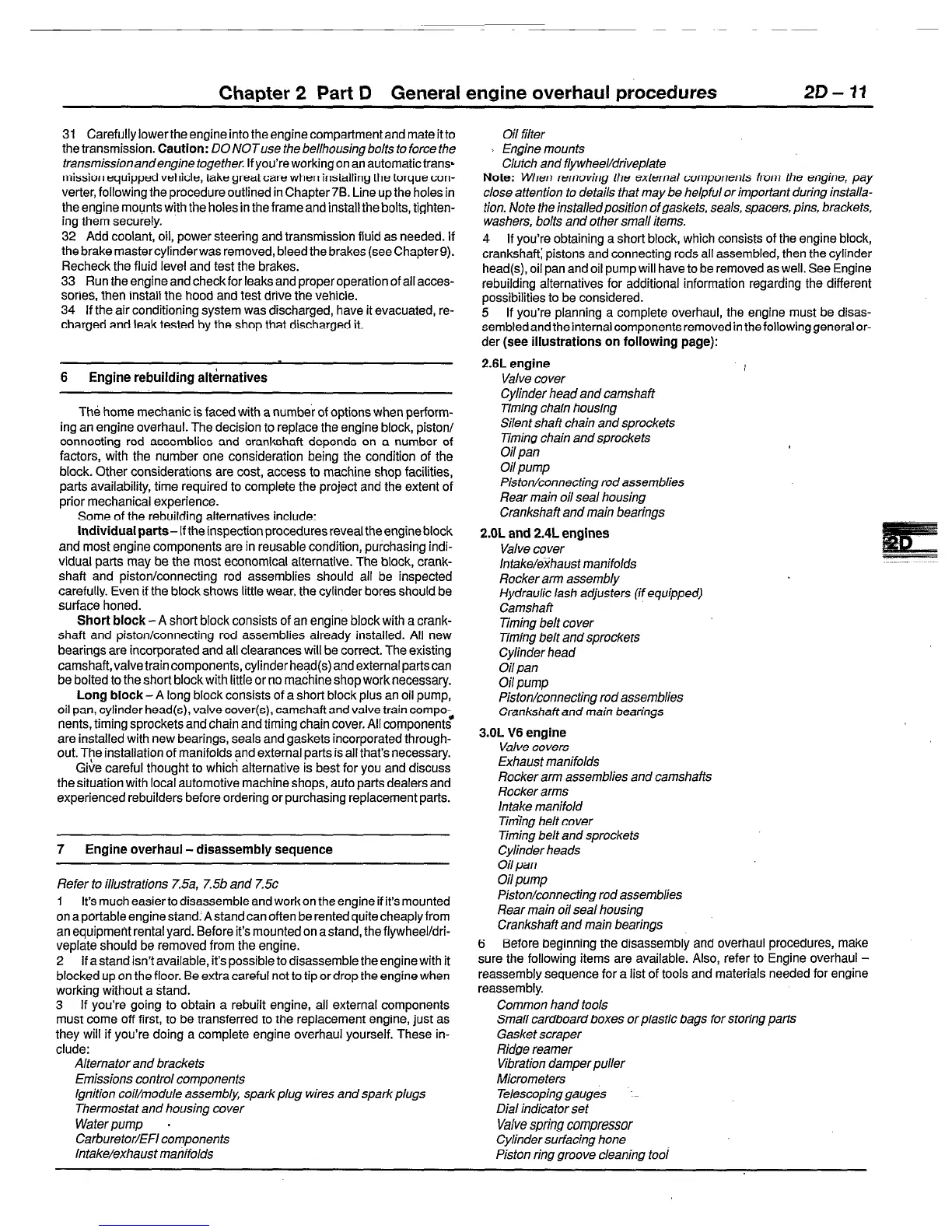